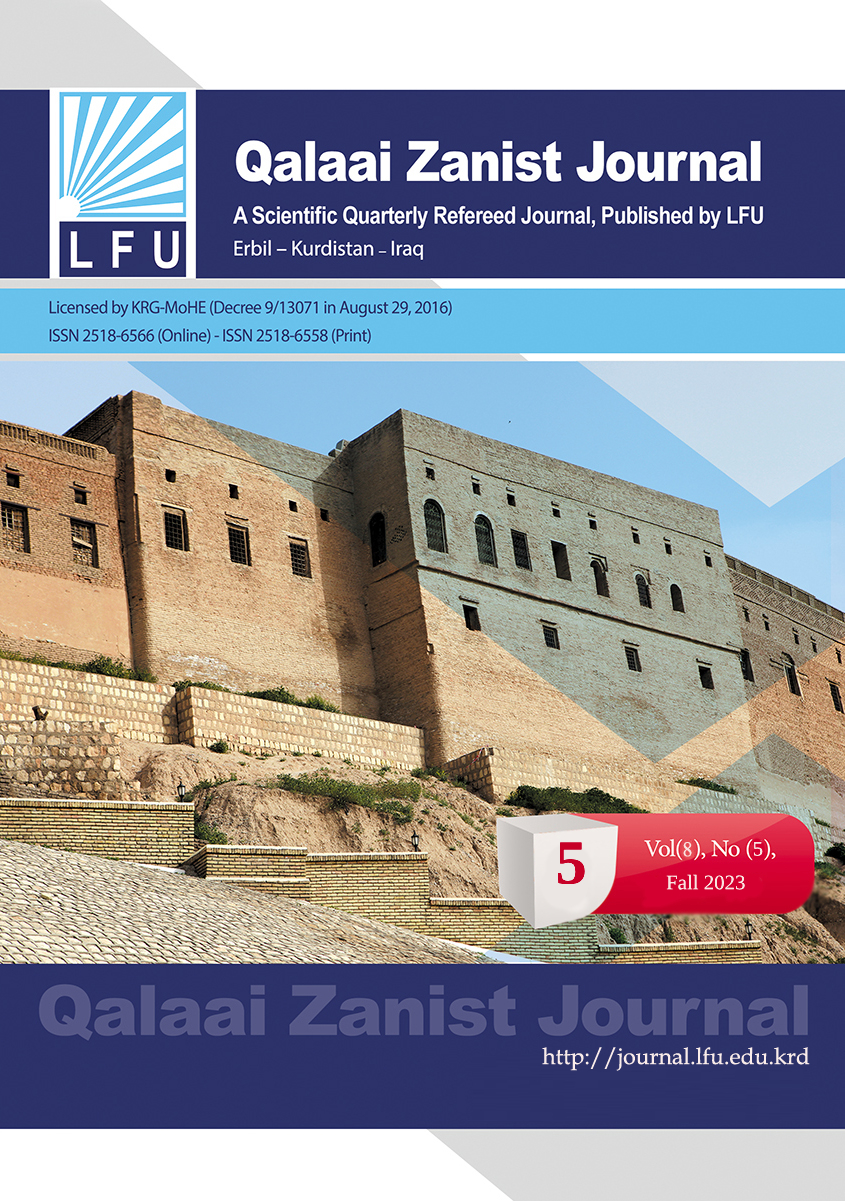Public Policy (Making and Makers): How and Who Makes Which Type of Public Policy? Conceptual Framework
##plugins.themes.bootstrap3.article.main##
Abstract
The birth of law, government action or decision and even media release starts from a single problem growing to become massive issues. The process of making public policies has pros and antis. Therefore, to make an influential public policy, it should be investigated thoroughly and deeply. The importance of the subject is that public policy affects everyone in every society. There are many studies describing different solutions for solving various issues in the public. Nevertheless, this study investigates all the related aspects of public study so as to have a wider understanding about what, how, who, makes public policies in different level. For this conceptual paper, qualitative method is applied using content analysis approach for attaining secondary data to explain all the aspects of public policy, from raising issues to finding and implementing solutions. The policy makers are divided into two groups; official and non-official entities. In this study 46 recent studies and books focusing on public policy (issues, establishment, makers, and types) are scanned and analyzed. Finally, this article concludes that public policy is a completely important subject to be studied for having influence on all the aspects of each community. Therefore, the study suggests further investigations in any public policy for any issue before making and implementing the policy.
Downloads
##plugins.themes.bootstrap3.article.details##
How to Cite
Copyright (c) 2024 Rekurd S. Maghdid

This work is licensed under a Creative Commons Attribution 4.0 International License.

